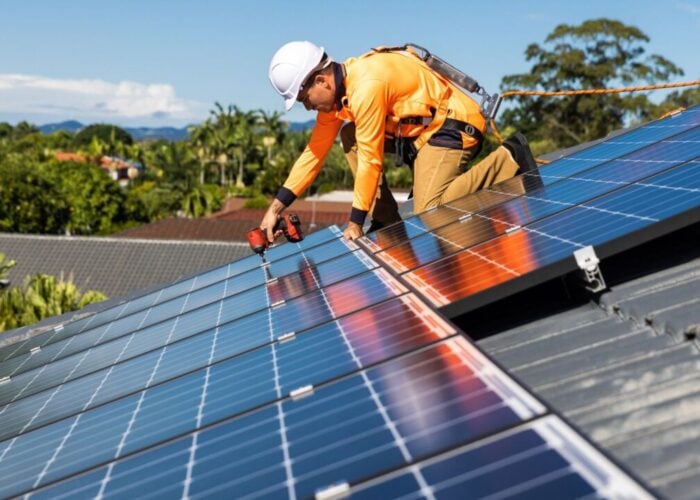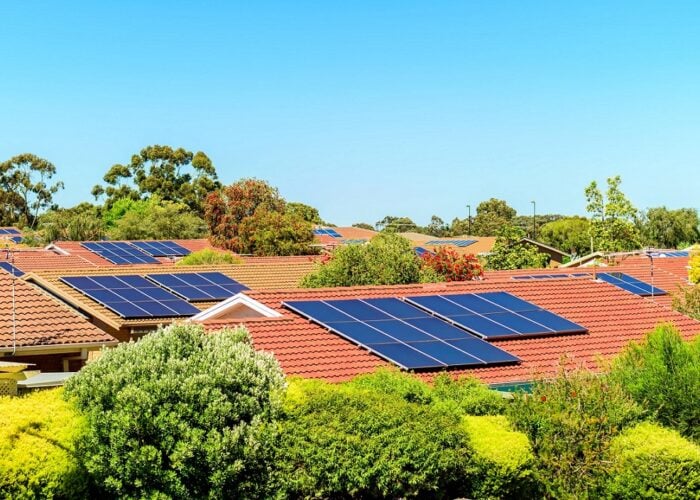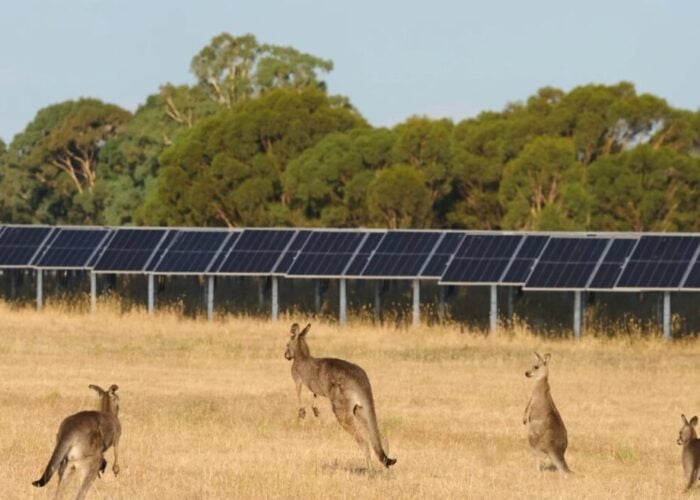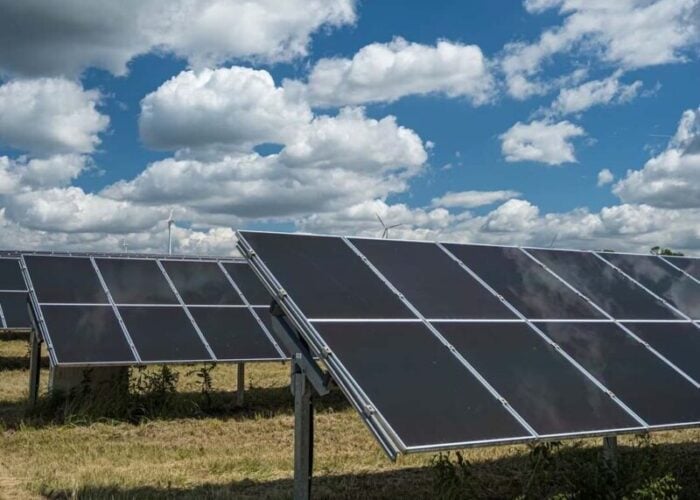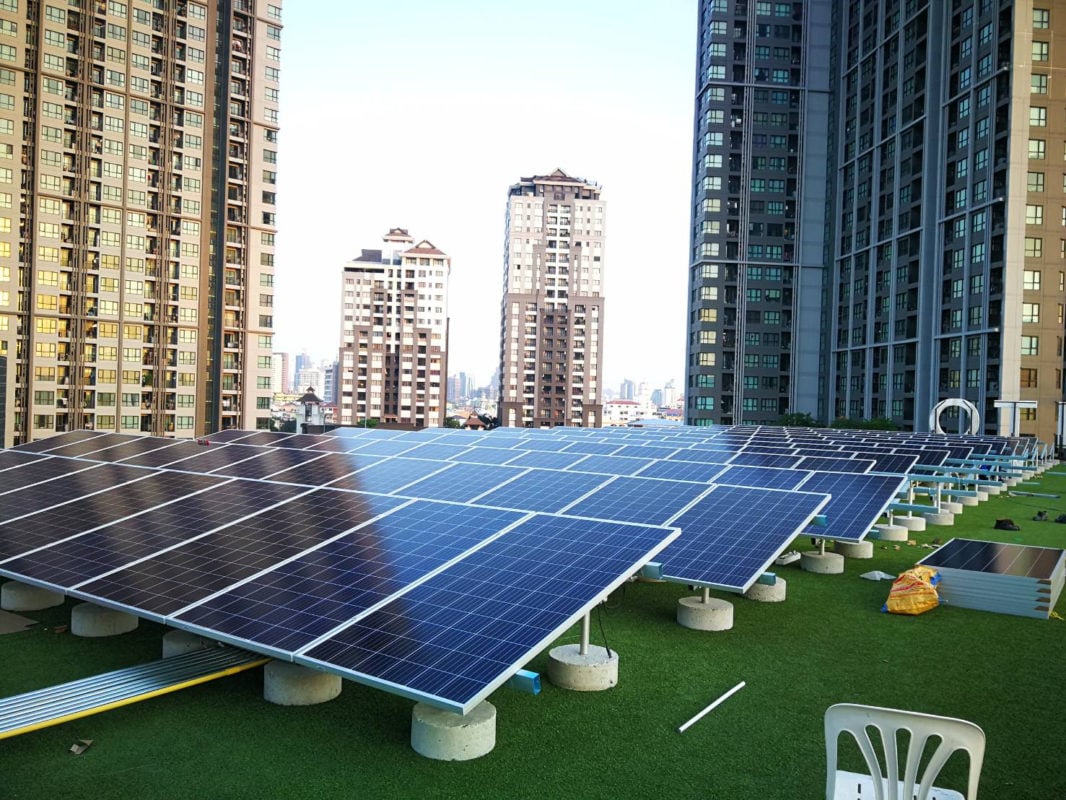
With the COVID-19 lockdown still in effect, our team has been working from home more frequently. This has given me pause to observe the solar panels on roofs in my neighbourhood.
It’s inspiring to see so many people embracing a renewable energy source, but I’m reminded that no matter how good its products are, the success of any business is largely determined by economic conditions.
Unlock unlimited access for 12 whole months of distinctive global analysis
Photovoltaics International is now included.
- Regular insight and analysis of the industry’s biggest developments
- In-depth interviews with the industry’s leading figures
- Unlimited digital access to the PV Tech Power journal catalogue
- Unlimited digital access to the Photovoltaics International journal catalogue
- Access to more than 1,000 technical papers
- Discounts on Solar Media’s portfolio of events, in-person and virtual
That’s an insight I saw played out many times during my career with J.P. Morgan in London. And it’s influenced my work in environmental sustainability to help create Power Ledger – an energy trading platform that uses blockchain technology to record and track renewable energy transactions.
Power Ledger’s mission is to deliver clean, low-cost and resilient distributed energy markets by providing a market mechanism for energy trading and fostering the economic conditions for its long-term success.
Because despite the best intentions of environmentalists, simply swapping grid power for solar panels or replacing coal-fired power stations with wind farms creates grid instability. Unless the right economic conditions are created and sustained, renewable energy may cause as many problems as it solves.
And digital solutions like Power Ledger’s blockchain-facilitated energy trading platform, which can dispatch battery-sourced energy in the peak, and stabilise the grid, seem to be in the right place at the right time.
So, while the socially distant view of my neighbours’ renewables reminds me of the green energy sector’s many challenges, I’m also fired with the belief that our sector finally has an enormous opportunity in its grasp.
Solar panels and algorithms
Over many years the global energy sector has been transitioning from a centralised system with a small number of very large power plants, to a distributed cleaner electricity grid. On a macro scale, we are seeing wind, solar and even wave-based renewable technologies supplementing and replacing coal and gas fired power stations. And on the micro level, solar panels, smart meters and battery storage are alleviating demand on the fossil fuel-powered grid.
The opportunity Power Ledger has identified is to link the macro of green energy production to the micro through a trading platform that businesses and everyday consumers can use to trade energy peer to peer and to the market to stabilise the system. There are many possible configurations.
A household with solar panels can sell excess power to a neighbour. A household with a battery can sell services to the grid to keep it stable. Another household using the Power Ledger platform can choose to source its power from an external renewable source. Businesses can do the same, either selling their excess renewable power or using the platform to tap into a green source.
Even those without solar panels can still access renewables from sellers in the Power Ledger network and its partner retailers.
All of this is made secure and convenient through the Power Ledger platform’s use of blockchain technology to record and track energy transactions. This allows for greater transparency, increased automation and reduced possibility of human error.
For energy retailers, the blockchain-enabled platform improves efficiencies by enabling peer-to-peer (P2P) transactions, virtual power plants (VPP) from small batteries combining, renewable energy certificate trading, as well as energy provenance tracking.
The apex of all of this is to create an economically viable market for renewable energy, driven by secure peer-to-peer trading that fosters true demand.
Power Ledger in action
Blockchain technology can create a decentralised market for VPPs and P2P energy trading as it can handle transactions and payments on both sides of the meter, in real time, at a lower cost to all involved. Using a blockchain can facilitate cross-retailer trading and settlement too, fostering network market effects such as greater liquidity and efficiency in the market.
An example of our technology’s potential is Power Ledger’s partnership with green energy retailer ekWateur in France using our blockchain-enabled product Vision, which certifies the origin and source of renewable energy and allows customers to choose their own mix.
More than 220,000 electricity meters across France are gaining access, so that households can choose their power sources, including renewables like wind farms and neighbouring solar panels. Every transaction is securely traced and tracked and the whole process is made as simple as possible for users.
Whilst the ekWateur partnership is just one example of the power of sharing energy, it also demonstrates the new products and services being built on top of the grid.
This is an extract of an article first published in Volume 23 of PV Tech Power. The full article can be read here, or in the full digital copy of PV Tech Power 23, which can be downloaded for free here


